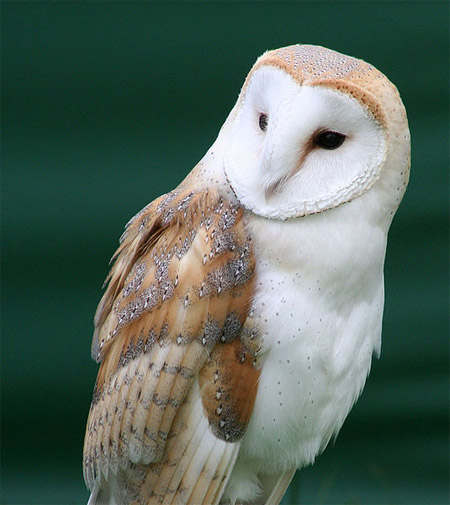Research
Monthly Archive: December rese
Age Before Beauty: The Acasta Gneiss and Jack Hills Conglomerate
Submitted by Vincent Vertolli, Assistant Curator Geology
The Jack Hills Conglomerate, a 3,000 million year old sedimentary rock from which the oldest, at 4,200 million years, terrestrial minerals have been found. The Jack Hills Conglomerate occurs in the Mt. Narryer and Jack Hills area of Western Australia.
Dr. A. P. Coleman (1852-1939)

Submitted by Vincent Vertolli, Assistant Curator Geology
A Rare and Beautiful Bird

Their distinctive heart-shaped face actually helps improve their hearing. With lop-sided ears, they can easily pinpoint prey with sound alone. Photo by Steve Brace
Meteorite or “Meteor-wrong”?
ROM Earth Scientists receive dozens of requests each year to identify possible meteorites. This is especially the case when there is a spectacular fireball similar to the one which recently streaked across southern Ontario on December 12 of this year (the video was captured by astronomers at the University of Western Ontario). Do you think you have found a space rock?
Summerasuarus: Dino Storage
Recently, we visited at the Vertebrate Palaeontology Lab to see how dinosaur bones are extracted from their plaster field jackets after they are hauled back from the field by palaeontologists like Dr. David Evans.
But where does the ROM store these fossils once they are free from their rock matrix? Welcome to Vertebrate Palaeontology Collections room, housing more than 75,000 fossilized bone specimens ranging in size from small toes to an entire row of Hadrosaur skulls!
Summerasaurus Part V: The Badlands
Walking through the badlands is like walking through a western novel: canyons cut through the prairie, exposing layers of brown, gold, black and white sediment. Clichés keep popping up: tumbleweeds roll by, cactus pop out from unexpected places, and cattle skulls bleach in the sun. Scorpions hide in coal seams, soaking up the sun’s heat from the black rock that camouflages them. It’s a bit overwhelming at first, but once you accept the fact that you’re in a place unlike anywhere else in Canada, it all becomes simple and beautiful.
Summerasaurus Part IV: How to Find Dinosaurs
Mark Farmer recently returned from an expedition to the badlands of southern Alberta with Dr. David Evans, Associate Curator of Vertebrate Paleontology at the ROM, in search of dinosaurs. Join us as Mark and Dr. Evans put up their notes from the field, detailing discoveries, how dinosaurs are found and excavated, life in the field and more.
Summerasaurus Part III: The Jacketing Process
Mark Farmer recently returned from an expedition to the badlands of southern Alberta with Dr. David Evans, Associate Curator of Vertebrate Paleontology at the ROM, in search of dinosaurs. Join us over the course of the next month as Mark and Dr. Evans put up their notes from the field, detailing discoveries, how dinosaurs are found and excavated, life in the field and more.
I found what looks like a tiny “caterpillar” in my home. What is it?
Let’s take a look at a common critter that share our space. Amazingly, over 500 species of arthropods have been recorded in houses! One of our most common household guests is the carpet beetle. The larvae look like tiny, furry, ‘caterpillars’.

Larva of a carpet beetle, family Dermestidae, also known as skin or hide beetles. Drawing: copyright ROM.
I think I have bedbugs, what should I do?
(Cimex lectularius) since the early 2000s, has resulted in heightened concern from people who find insects in their home. “Is it a bed bug?” is a common question posed to ROM entomologists. It may be helpful to know that there are many types of insects found in homes and most of them are not bed bugs!
Never seen one? This is what a bed bug looks like.
